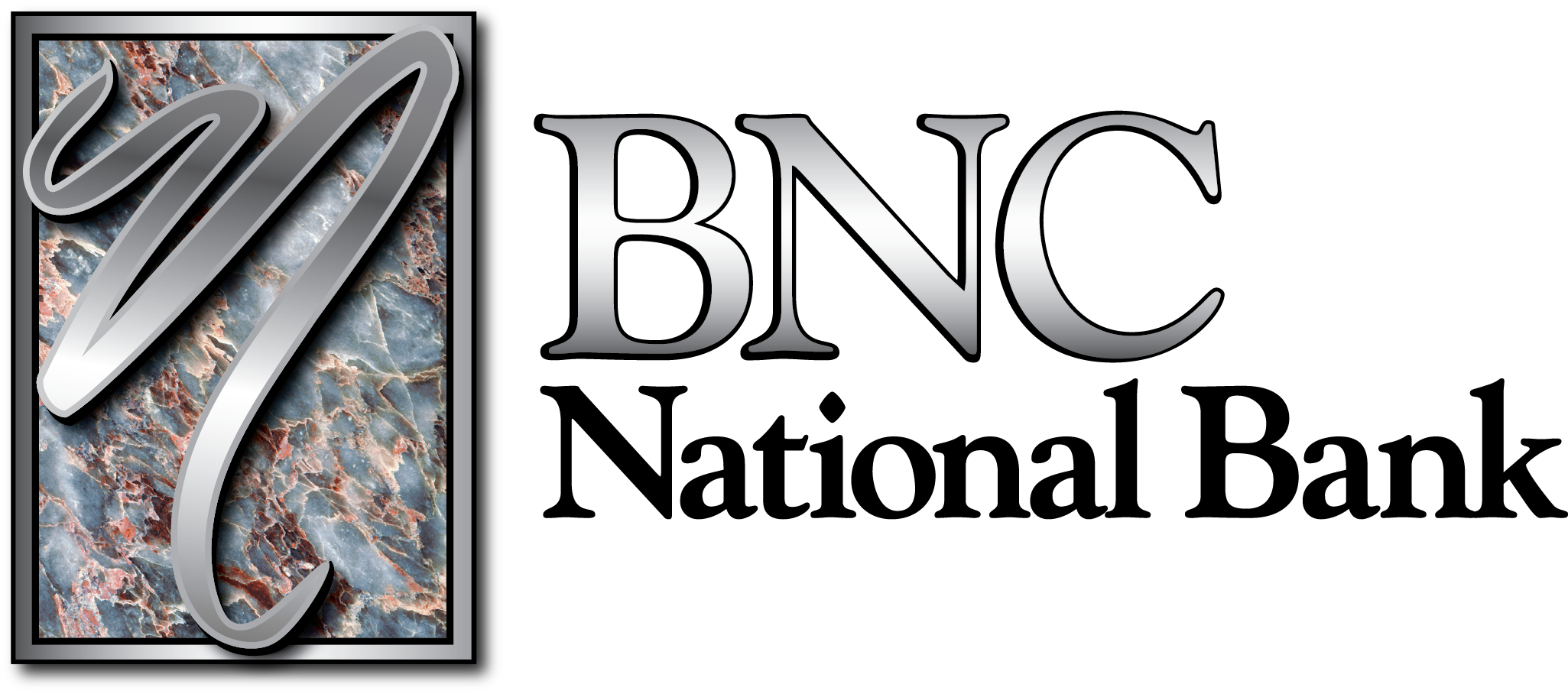The financial planning industry is buzzing with news of last year’s retirement reforms. In the last days of 2022, President Biden signed the Secure 2.0 Act into law. If you’re setting aside money for retirement, there are a few things about Secure 2.0 you need to know right now.
Secure 2.0 and its predecessor are retirement-related regulations that will have tangible effects on your life. Understanding the changes introduced by Secure 2.0 can help you set up your retirement strategies and financial planning to fund your future. But first, you’ve got to wrap your mind around what those changes are.
How We Got Here: The Genesis of Secure 2.0
The original SECURE Act of 2019 aimed to expand retirement savings and simplify often-convoluted retirement plan rules. It certainly made waves, but there was room for improvement.
Enter the second iteration: Secure 2.0.
This new legislation brings with it several changes. Secure 2.0 aims to expand coverage, increase retirement savings, and simplify retirement plan rules further.
But what does this mean for you? Whether you're a small business owner, an employee, or anyone planning their retirement, Secure 2.0 has something in store for you. From changes in distribution rules to automating the way people first start saving, this act reshapes how we approach retirement.
Key Provisions of the Secure 2.0 Retirement Reforms
The Secure 2.0 Act is like a Swiss Army knife for retirement planning. It’s packed with features designed to enhance your financial planning.
Let's unpack some of its standout provisions, including:
Higher catch-up contributions.
Catch-up contributions allow individuals nearing retirement to contribute more to their retirement accounts in specific ways:
- Starting in 2025, individuals aged 60-63 can contribute up to $10,000 annually as catch-up contributions.
- Here's a twist: Effective 11/1/2026 if you're 50 or older and your earnings exceed $145,000, your catch-up contributions must be made to a Roth account using after-tax dollars.
- And to keep pace with the ever-rising cost of living, the IRA catch-up contribution limit for those aged 50 and over will be indexed to inflation from 2024 onwards.
Automatic enrollment.
Automatic enrollment can make it easier for employees to get started with saving for retirement. With Secure 2.0, new 401(k) plans will require participants to be automatically enrolled upon reaching eligibility. The initial enrollment amount will be set between 3-10 percent of their salary and will increase yearly up to 15 percent.
Saver’s credit.
Aimed at low to moderate-income earners, the saver's credit gets a facelift with Secure 2.0. Instead of a traditional tax credit, it offers a direct government match to an IRA or eligible retirement plan. This match tapers off at specific income brackets, making it a strategic tool for targeted income groups.
Required minimum distributions (RMDs).
RMDs are amounts that retirees must withdraw from their retirement accounts annually after reaching a certain age. This helps ensure taxes are paid on these savings. With Secure 2.0’s provisions, the age to start these distributions shifts from 72 to 73 in 2023 and will jump to 75 by 2033.
There’s more, though: If you do miss an RMD, the tax penalty you’ll pay drops from a hefty 50 percent to a more forgiving 25 percent.
Navigating the Secure 2.0 Retirement Reforms with BNC National Bank
The Secure 2.0 Act is reshaping the retirement horizon for many. With automatic 401(k) enrollment, deciding to start saving for retirement becomes almost effortless and can support a consistent savings trajectory. The revised RMDs can offer more flexibility and less financial strain with their age adjustments and reduced penalties.
To make the most of these reforms, consider these quick tips:
- Re-evaluate your retirement strategy in light of the new RMD ages.
- Take advantage of the auto-enrollment feature and explore opportunities to contribute more.
- Most importantly, consult a financial professional to learn more about your options.
The retirement landscape is evolving, and staying informed is your best asset. Ready to explore more? Check out our comprehensive Guide to Retiring for even more critical information about retirement financial planning.





